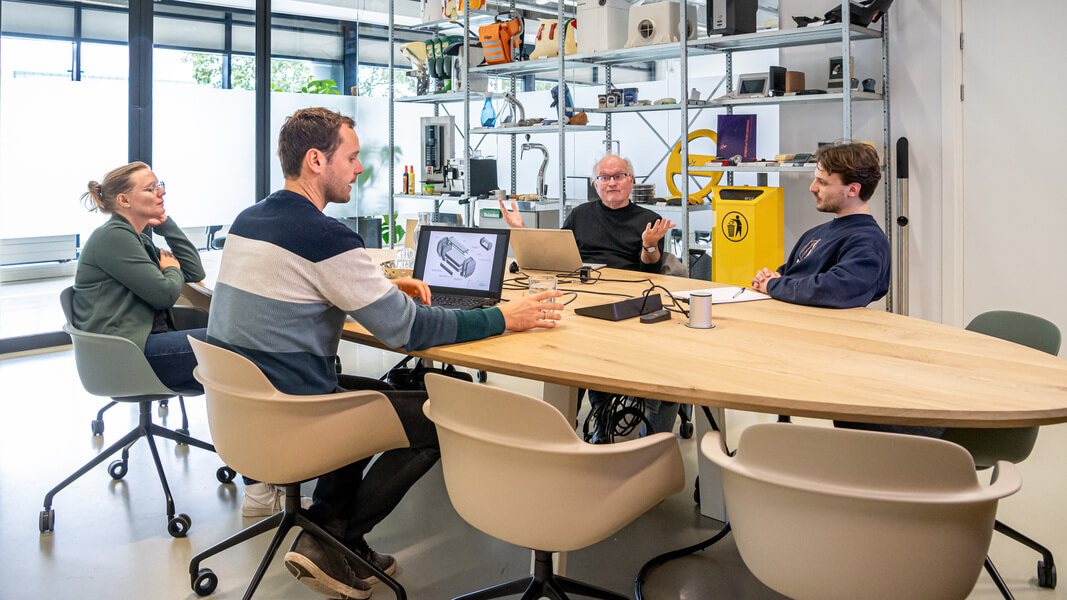Low-maintenance IoT module for Gasunie
The design challenge
WeLLDesign was commissioned by Withthegrid to develop the housing for their IoT module for gas pipes. With these IoT modules, gas pipelines are monitored by Gasunie, ensuring that the pipelines are safe and continue to function properly. The technology was already in use, but until now it was housed in a standard off-the-shelf casing. This 'temporary' casing did not meet all requirements, so it needed to be redesigned for better performance.
The solution
WeLLDesign has designed the housing for the IoT module of Gasunie. Gasunie uses several types of poles for their protection sensors and therefore the housing is suitable for various pole types. Additionally, the housing is water and dustproof with an IP rating of 67. The new housing is also highly impact-resistant. Thanks to the strong battery, the IoT module has a lifespan of 15 years and virtually requires no maintenance throughout its life.
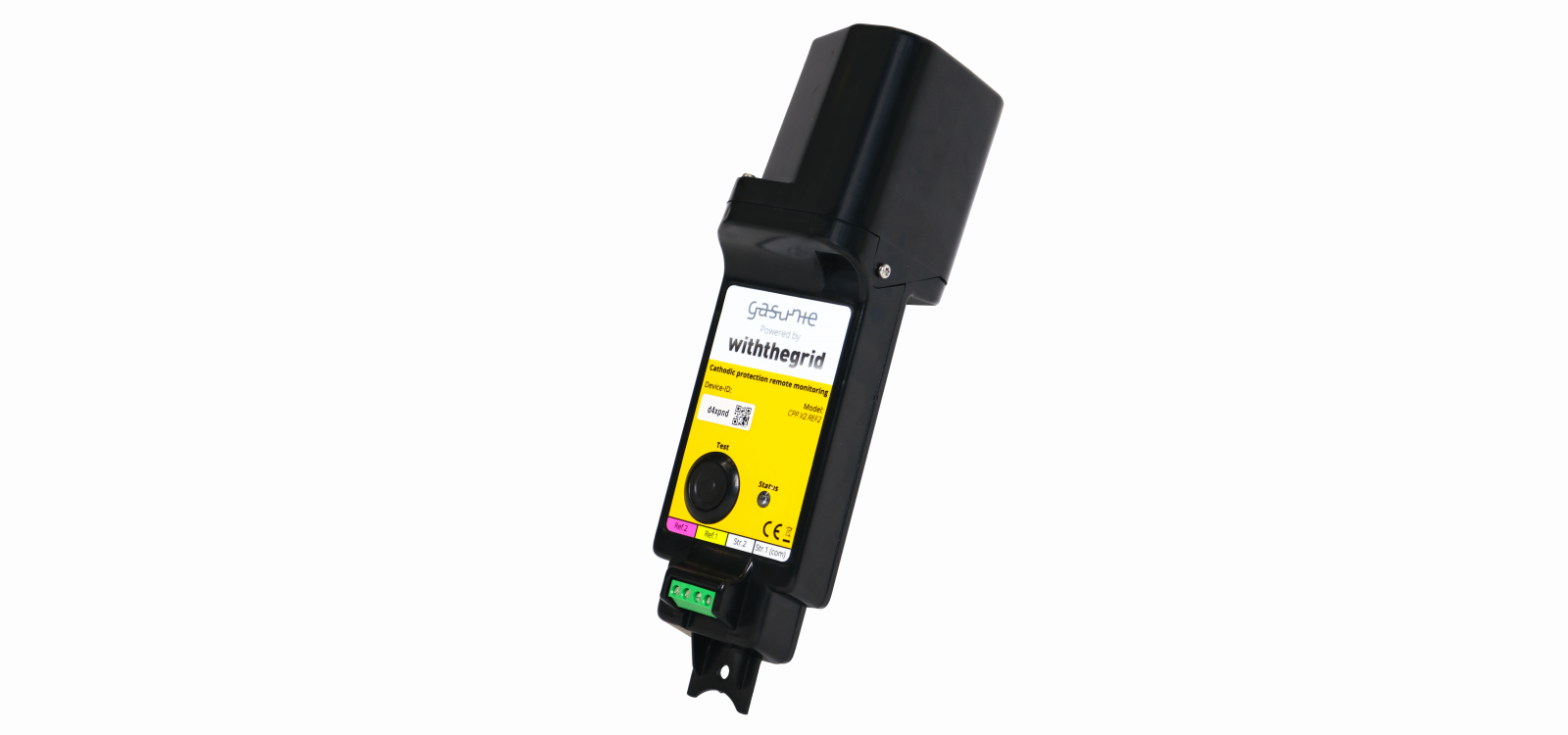
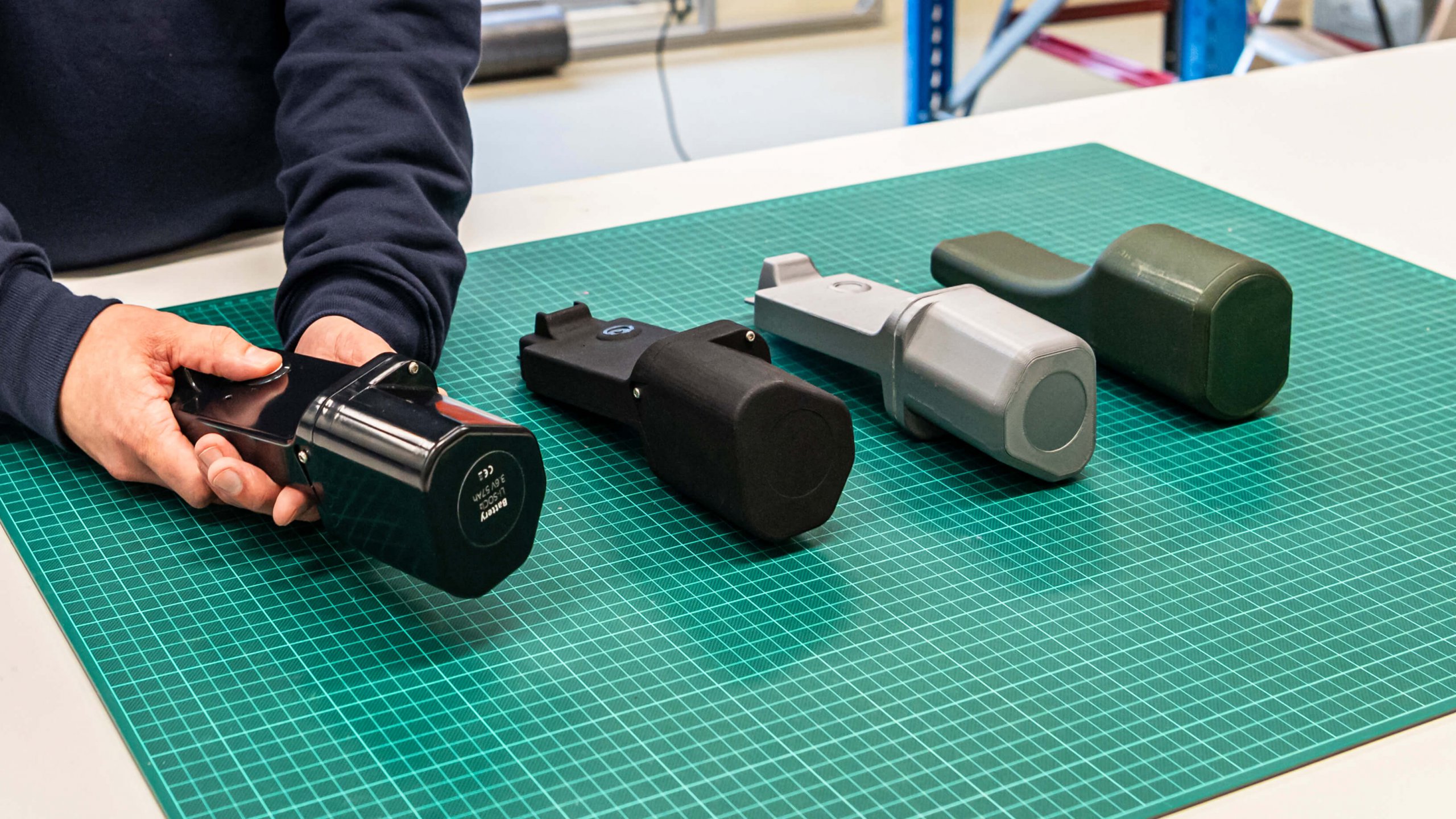
From right to left: the evolution of the different prototypes
The process
WeLLDesign has been involved in the entire design process: from the initial sketches to production. To achieve an optimal design, various prototypes were made and tested. Considerations included waterproofing, impact resistance, and user-friendliness. The design was gradually improved through prototyping, resulting in the optimal design. The prototypes were made using 3D printing, allowing for easy iterations.
Production in the Netherlands
The IoT module has a total production of approximately 10,000 units. These are partly made with purchased components and assembled together with the injection-molded housing made in the Netherlands. Since the PCBs are also produced in the Netherlands, it was decided to carry out the entire production in the Netherlands. This approach minimizes transport and allows for better quality control.
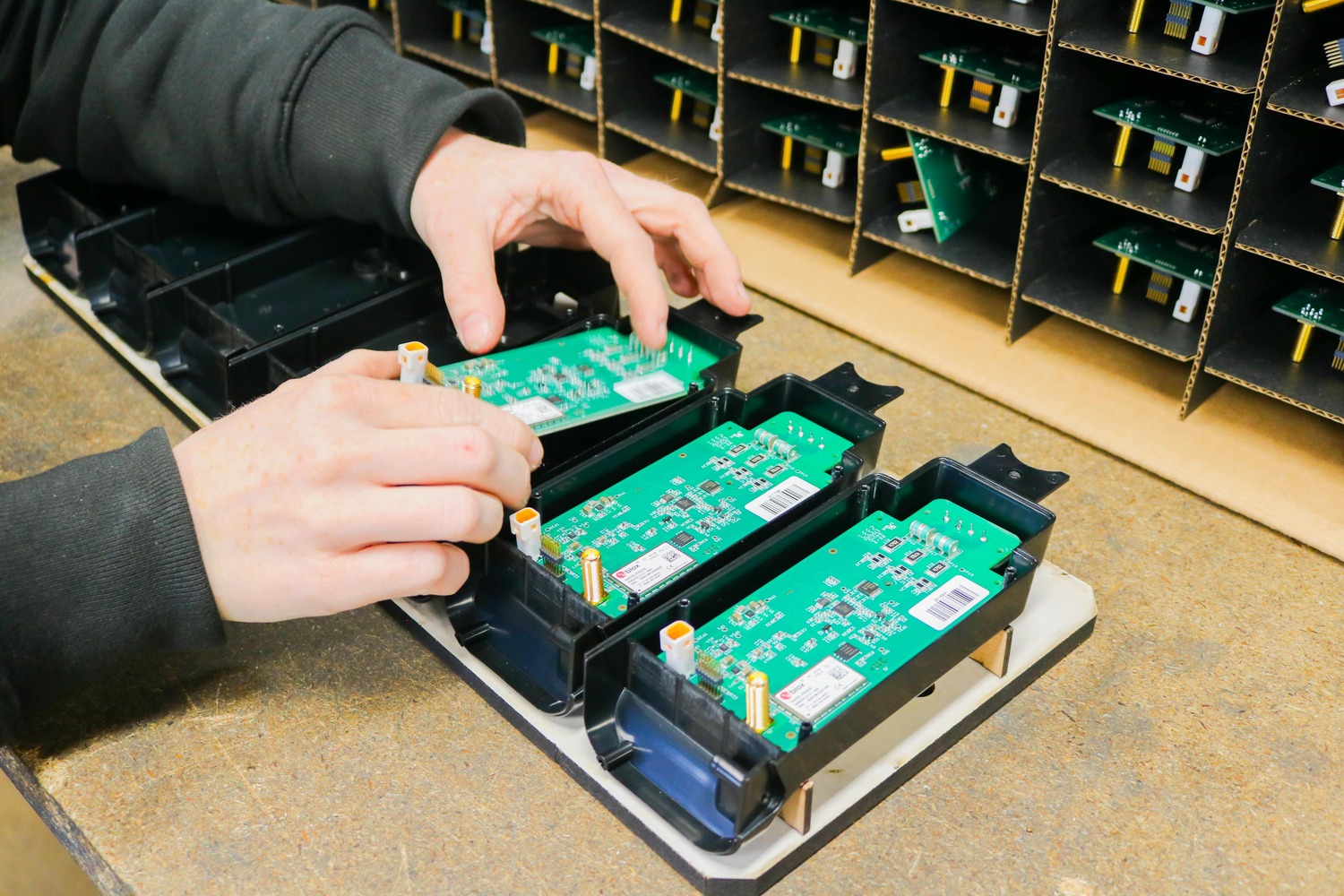
Assembly of the PCBs and housing
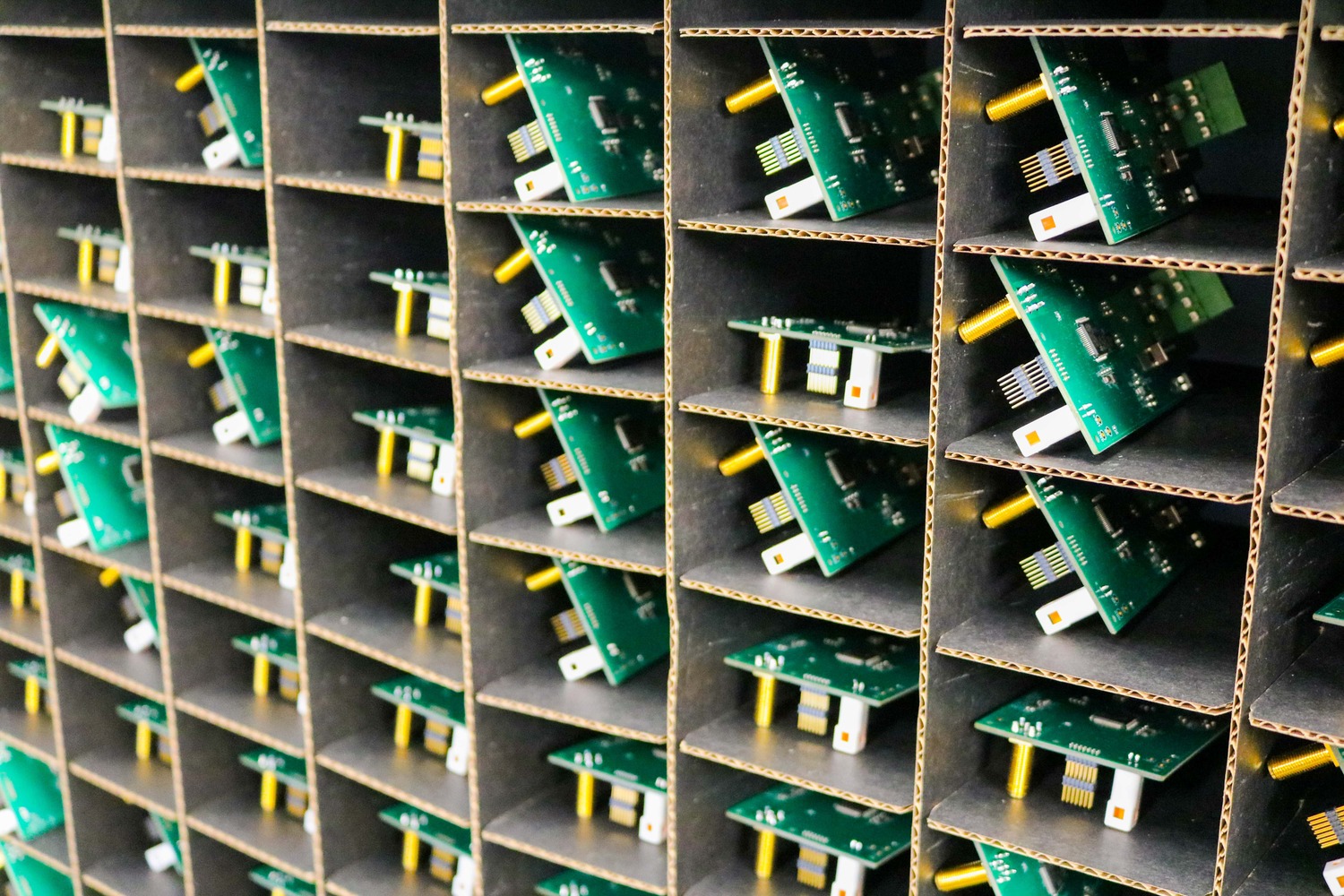
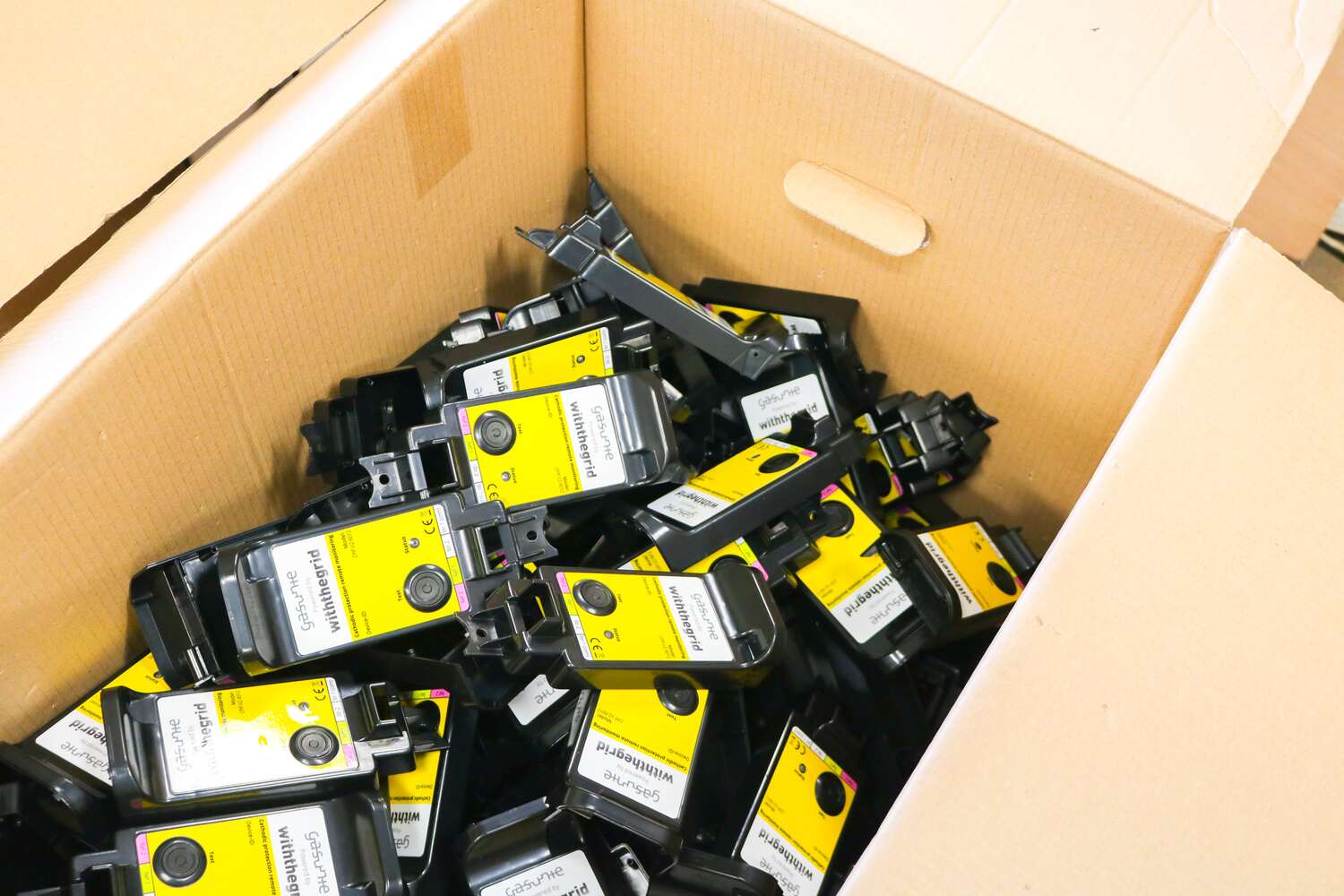
Lifespan
The housing of the IoT module is designed in multiple ways to ensure it lasts a long time and optimally protects the module. First, the battery is so powerful that it lasts 15 years without needing a recharge. Additionally, the housing has an IP rating of 67, which means it is dustproof and can even be submerged in water for 30 minutes without issues. Moreover, the IoT module has significant shock resistance with an IK04 rating. Thus, the IoT module is protected against the most extreme weather conditions. For this reason, the electronics are also encapsulated to prevent moisture from getting anywhere near them.
A product with impact
The IoT modules measure the cathodic protection present on the gas pipeline. This informs them how well the object is protected against corrosion. Previously, these measurements had to be done manually and were only performed once a year. With the IoT module, this can now be done remotely and measurements can be taken several times a day. This allows for faster detection of faults, reduces the risk of dangerous gas leaks, and decreases travel since measurements no longer need to be conducted on-site.
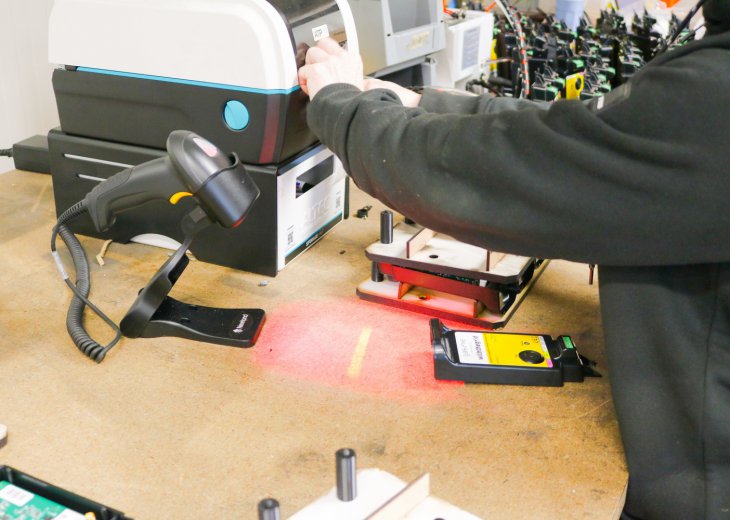
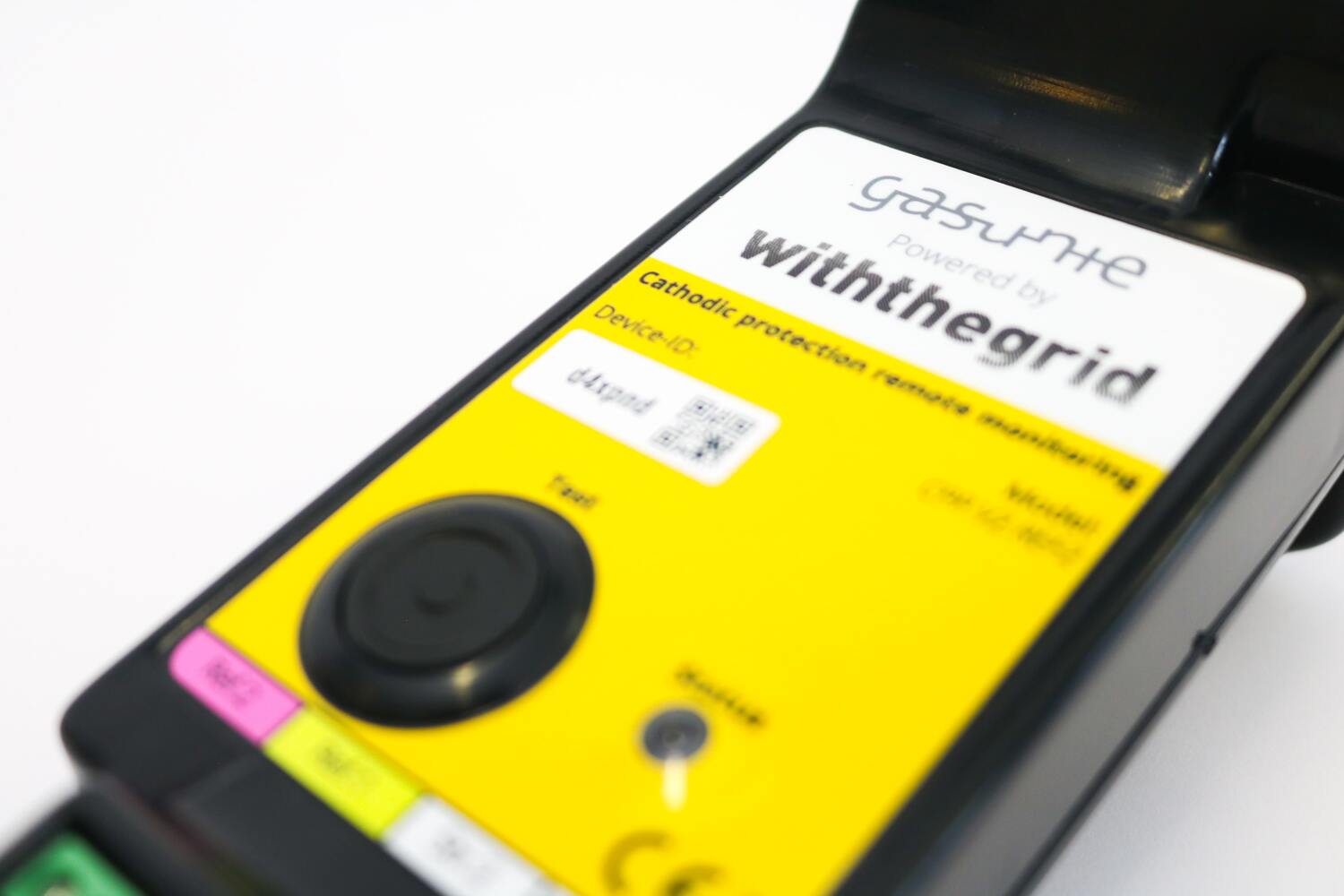
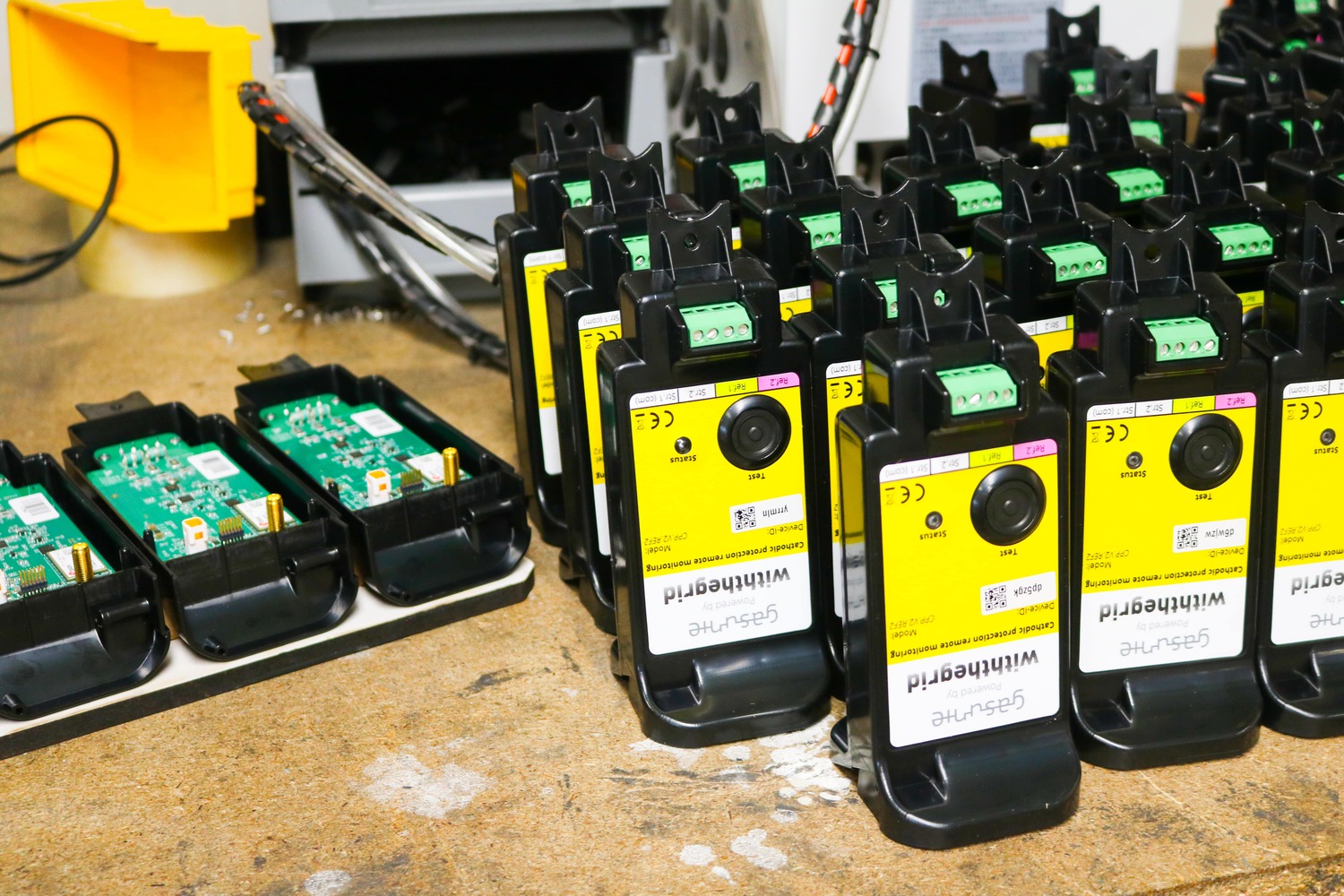
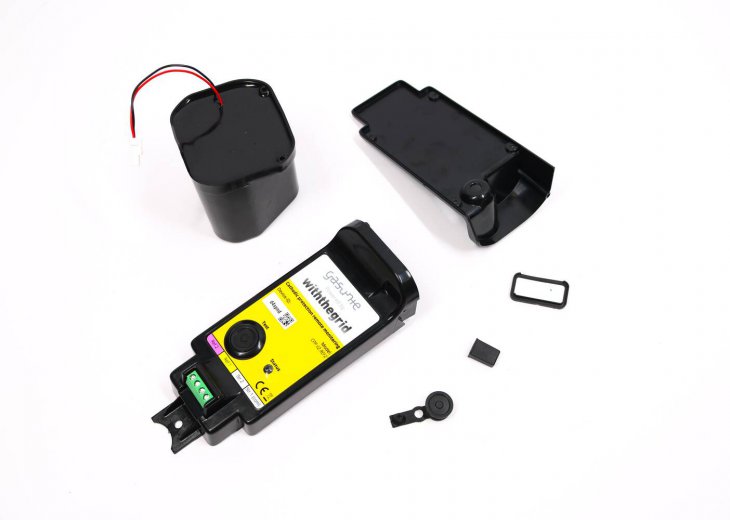
Packaging design
In addition to the housing, WeLLDesign has also designed the packaging for the IoT modules. When designing the packaging, consideration was given to every step in the chain: from production to final installation. It was important that:
- The packaging would be easy to use for factory workers.
- The packaging had to accommodate as many products as possible on a single European pallet.
- Both the IoT modules and the individual components had to fit into a single box so that the technician has everything needed for installation at hand.
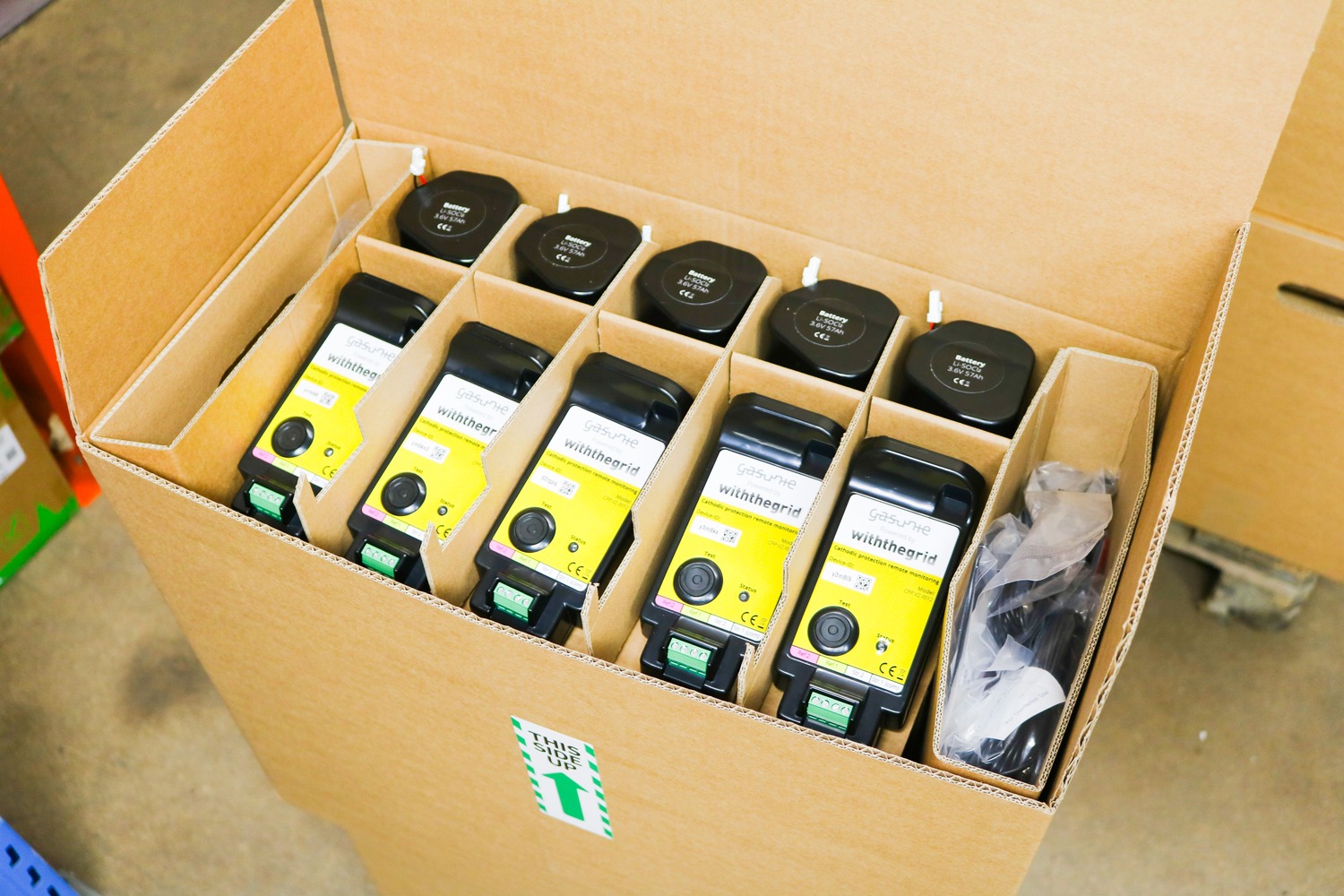
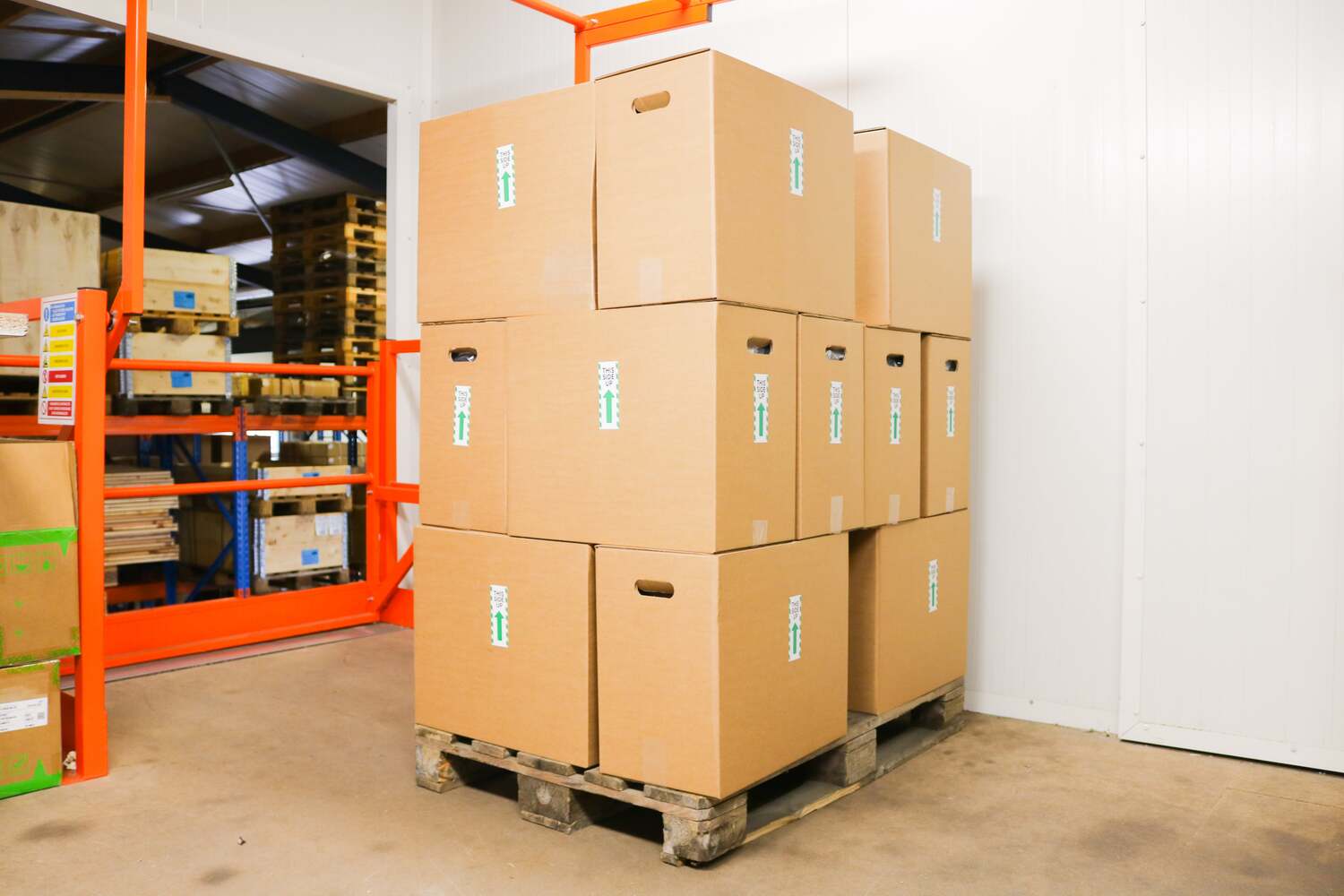
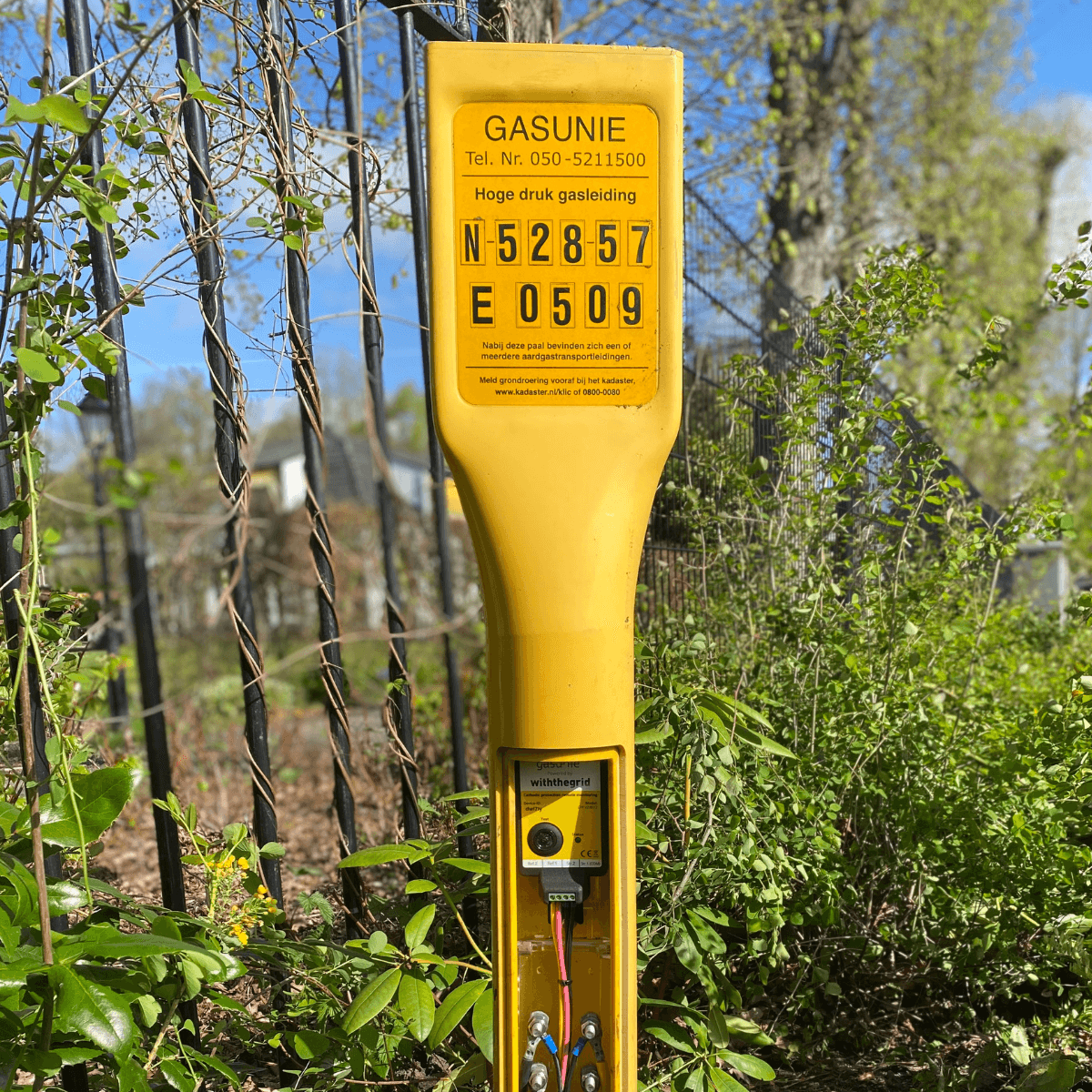
The IoT-module after placement
Easy installation
The IoT module can be very easily installed in the pole without the need to screw or glue it in place. The label is designed so that the installer can easily see where each cable needs to be inserted, minimizing the chance of incorrect installation. With the QR code, the installer can then easily register each product. After that, the IoT module is ready for use.
What is your design challenge?
Do you have a design challenge or issue? We are ready to get started for you. Contact us to explore the possibilities.
